In the realm of culinary delights, salmon stands out as a versatile and nutritious fish that can be transformed into an array of mouthwatering dishes. Its rich, buttery flavor and firm, yet tender texture make it a favorite among chefs and home cooks alike. Whether you’re aiming for a sophisticated dinner party main course or a quick weeknight meal, knowing how to cook salmon to perfection is a skill that can elevate your culinary repertoire. This article delves into the intricacies of preparing salmon in various ways, ensuring that every bite is a delightful experience for your taste buds.
Understanding Salmon Varieties
Before diving into cooking methods, it’s crucial to understand the different types of salmon available. Common varieties include Atlantic salmon, Pacific salmon (such as Sockeye, King, Coho, and Pink), and farmed versus wild-caught salmon. Wild-caught salmon is often praised for its superior flavor and higher omega-3 fatty acid content, while farmed salmon might be more consistently available and affordable. Each variety has its unique taste profile, so choose based on your preference and availability.
Basic Preparation Techniques
-
Filleting and Cleaning:
Start with fresh or high-quality frozen salmon fillets. Properly fillet the fish if you’re working with a whole salmon, ensuring all bones and pin bones are removed. Rinse the fillets under cold water and pat them dry with paper towels. This helps in achieving an even cook and prevents sticking during cooking.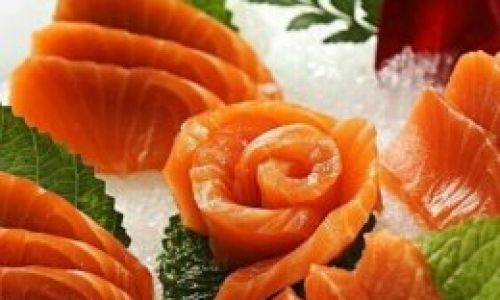
-
Seasoning:
Simple seasoning can make a world of difference. Salt and freshly ground black pepper are essential, but don’t shy away from experimenting with herbs like dill, parsley, or tarragon, which complement salmon’s flavor beautifully. Lemon zest and juice can add a refreshing citrus note.
Cooking Methods for Delicious Salmon
-
Baking:
Baking is a straightforward and reliable method for cooking salmon. Preheat your oven to 375°F (190°C). Place seasoned salmon fillets on a parchment-lined baking sheet. For added flavor, you can drizzle olive oil over the top or nestle slices of lemon and fresh herbs alongside the fish. Bake for about 12-15 minutes, depending on thickness, until the salmon is opaque and flakes easily with a fork. -
Grilling:
Grilling salmon gives it a smoky, caramelized exterior that’s irresistible. Preheat your grill to medium-high heat. Oil the grates to prevent sticking. Season the salmon and place it skin-side down on the grill. Cover and cook for about 4-5 minutes, then carefully flip and cook for another 3-4 minutes, or until done. Using a grill basket can make flipping easier, especially with thinner fillets.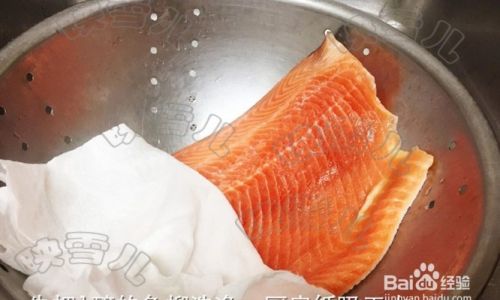
-
Pan-Searing:
For a restaurant-quality finish, pan-searing salmon is the way to go. Heat a non-stick skillet over medium-high heat with a blend of butter and olive oil. Season the salmon and place it skin-side down in the pan. Let it cook undisturbed until the skin is crispy and golden brown, about 4-5 minutes. Flip and cook for another 2-3 minutes, depending on thickness. Finish with a squeeze of lemon juice and a sprinkle of fresh herbs. -
Sous-Vide:
For the ultimate in precision cooking, sous-vide salmon is a game-changer. Season the fillets and vacuum-seal them with a bit of butter, herbs, and lemon slices. Cook in a water bath at 120°F (49°C) for about 30-45 minutes, depending on thickness. Finish by searing the exterior in a hot pan for a beautiful presentation and added texture. -
Smoking:
Smoking salmon adds a unique depth of flavor that’s perfect for appetizers or sandwiches. Use a home smoker or an outdoor grill with a smoking box. Season the salmon and smoke at a low temperature (around 150-175°F or 65-79°C) for 2-4 hours, depending on the desired smokiness.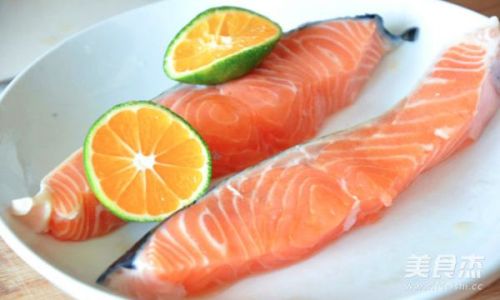
Creative Recipe Ideas
- Honey Mustard Salmon: Marinate fillets in a mixture of honey, mustard, soy sauce, garlic, and ginger before baking or grilling.
- Teriyaki Salmon: Brush fillets with a homemade teriyaki sauce made from soy sauce, mirin, ginger, garlic, and brown sugar, then bake or grill.
- Salmon En Papillote: Fold seasoned salmon fillets with vegetables and herbs in parchment paper packets and bake until tender and fragrant.
- Salmon and Asparagus Sheet Pan Dinner: Arrange seasoned salmon fillets and asparagus spears on a sheet pan, drizzle with olive oil, and roast together for a balanced, one-pan meal.
Serving Suggestions
Pair your cooked salmon with sides that enhance its flavor without overpowering it. Steamed vegetables, roasted potatoes, quinoa, or a fresh green salad are all excellent choices. Don’t forget to drizzle a bit of the cooking juices or a lemon-herb butter over the top for an extra burst of flavor.
In conclusion, mastering the art of delicious salmon preparation involves understanding your ingredients, selecting the right cooking method, and experimenting with flavors that complement the fish’s natural taste. With these techniques and recipes, you’ll be able to create salmon dishes that are not only nutritious but also a delight for your taste buds. Happy cooking!
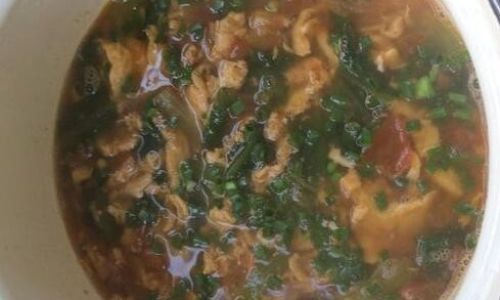
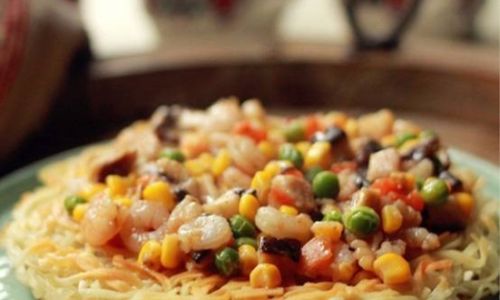
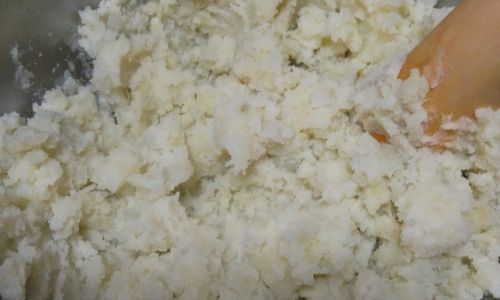
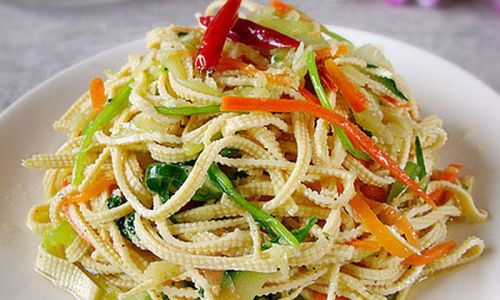
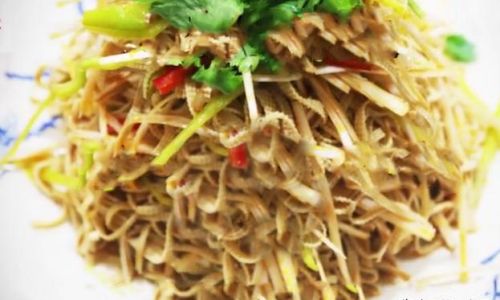
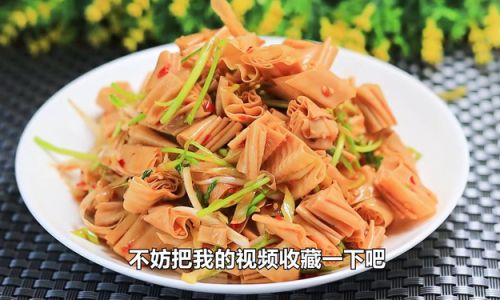
0 comments